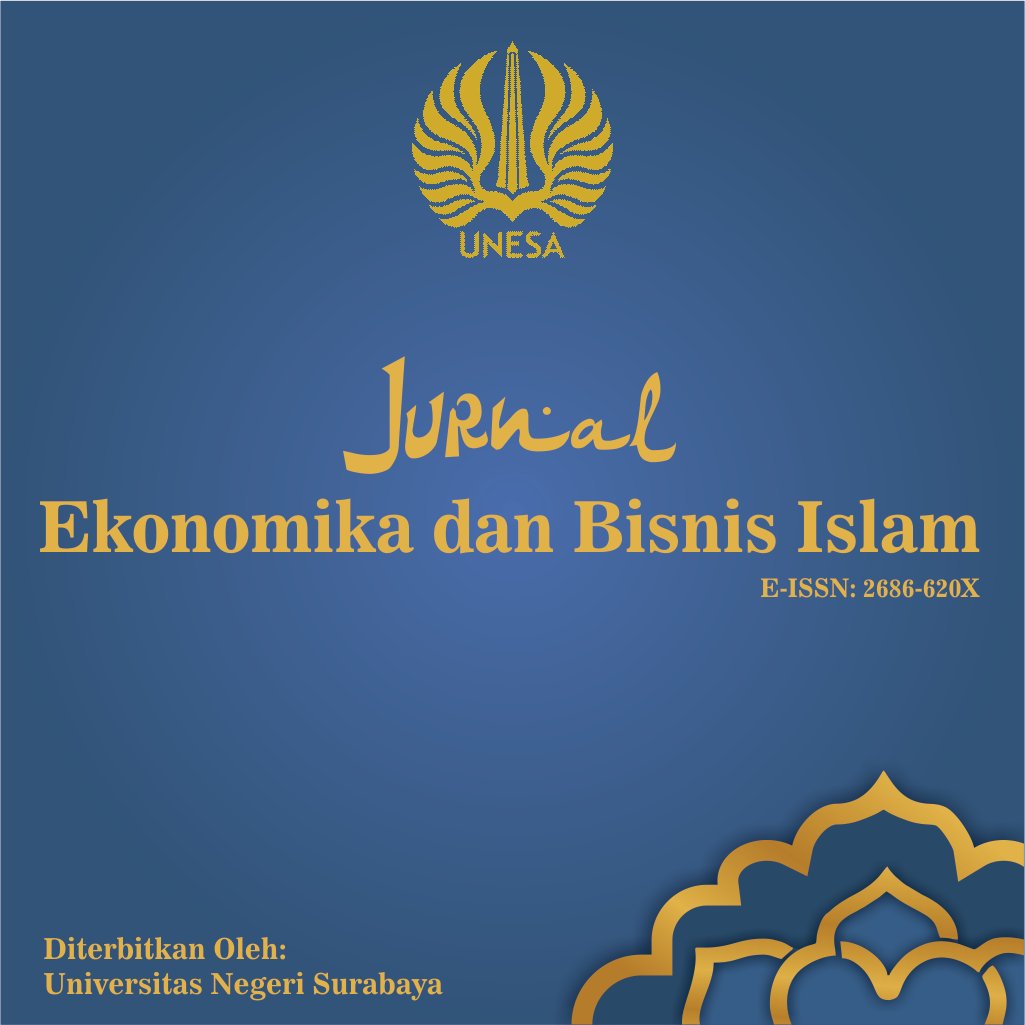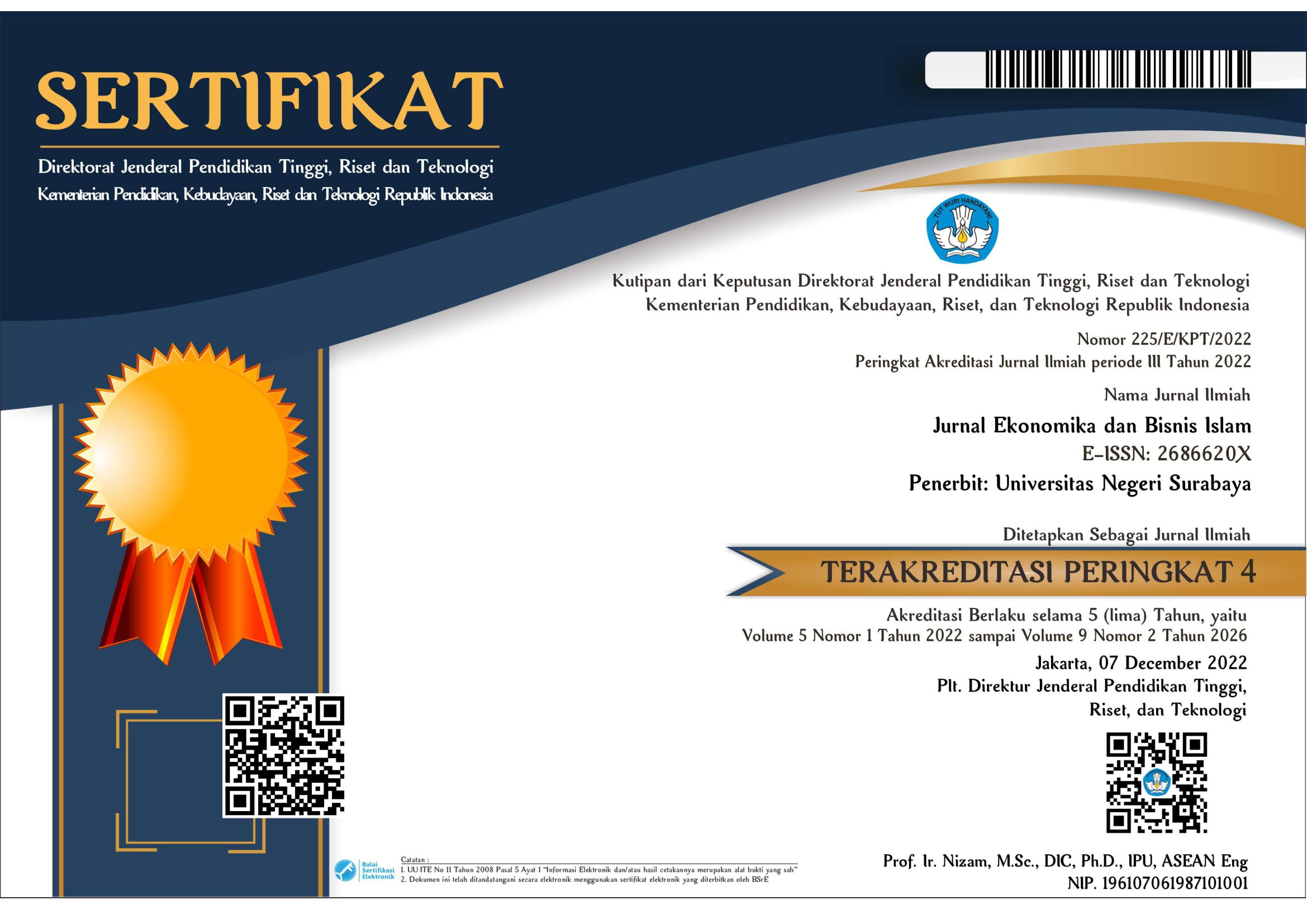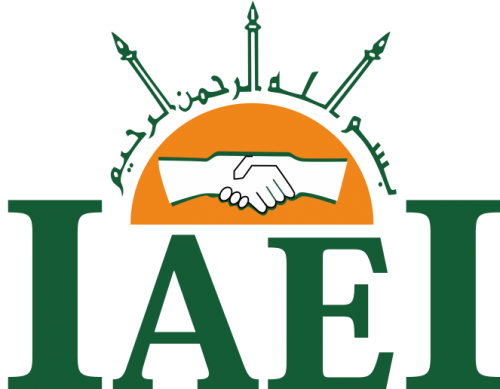Pengaruh Islamic Branding dan Trend Fashion terhadap Keputusan Pembelian Fashion Islami pada Mahasiswa Surabaya
DOI:
https://doi.org/10.26740/jekobi.v7n1.p31-44Keywords:
Islamic Branding, Fashion Trends, Purchasing Decisions, & Islamic FashionAbstract
Consumer demand for Islamic fashion products is increasing, particularly among students who care about the Islamic fashion industry that reflects the halal lifestyle. Students have a critical attitude when consuming fashion products. This study aims to determine the effect of Islamic branding and fashion trends on purchasing decisions for Islamic fashion in Surabaya students. This study uses a quantitative approach with multiple linear regression analysis techniques. The data used is primary data through distributing questionnaires. The research sample amounted to 100 respondents who were randomly selected based on certain criteria using purposive sampling technique. The results showed that Islamic branding and fashion trends partially affect Islamic fashion purchasing decisions. The results of testing the coefficient of determination obtained that Islamic branding and fashion trends have a simultaneous influence of 49.2% on Islamic fashion purchasing decisions. This research can provide insight to business people to develop more effective marketing strategies in order to achieve success in the Islamic fashion market
References
Azizah, P., & Rozza, S. (2022). Pengaruh Islamic Brand Dan Religiusitas Terhadap Keputusan Pembelian Pada Produk Fashion Muslim Di Indonesia. Seminar Nasional Akuntansi Dan Manajemen PNJ, 3.
Fitriya, E. (2017). Analisis Pengaruh Islamic Branding Terhadap Keputusan Konsumen Untuk Membeli Produk. Jurnal Ilmiah Akuntansi Indonesia, 2(1).
Global Business Guide Indonesia. (2016). Indonesia Targetkan Menjadi Islamic Fashion Capital pada Tahun 2020.
Hass, B. S., & Lutek, H. (2019). Fashion & Faith: Islamic Dress & Identity in The Netherl&s. Religions, 10(6), 356. https://doi.org/10.3390/rel10060356
Kemendag. (2023). Realisasi Ekspor-Impor Pakaian Jadi Indonesia.
Kemenperin. (2022). Kemenperin Targetkan Industri Fashion Muslim Indonesia Jadi Pemain Global.
Kusnandar. (2021). Sebanyak 97% Penduduk Jawa Timur Beragama Islam pada Juni 2021.
Kusnandar. (2022). Kota Ini Paling Padat Penduduk di Jawa Timur pada Juni 2022.
Nabilah, A. (2022). Peluang Pasar: Produk Fashion Muslim.
Nasrullah, M. (2015). Islamic Branding, Religiusitas dan Keputusan Konsumen Terhadap Produk . 13.
Nestorovic, C. (2016) Islamic Marketing: Understanding the Socio-Economic, Cultural, and Politico-Legal Environment. Springer International Publishing.
Priyatno. (2022). Olah Data Sendiri Analisis Regresi Linier dengan SPSS dan Analisis Regresi Data Panel dengan Eviews. Cahaya Harapan.
Salaam. (2022). State of the Global Islamic Economy 2022.
Sari. (2018). Pengaruh Trend fashion Terhadap Keputusan Pembelian (Survei pada Konsumen Wanita Butik Ria Mir&a Cabang Malang).
Shihab, M. Q. (2002). Tafsir al-misbah (2nd ed.). Lentera Hati.
Soedarso, S., Nurif, M., Sutikno, S., & Windiani, W. (2013). Dinamika Multikultural Masyarakat Kota Surabaya. Jurnal Sosial Humaniora, 6(1). https://doi.org/10.12962/j24433527.v6i1.611
Tschannen, R. A. (2020). The future of the global Muslim population. The Muslim Times.
Top Brand Award. (2023). Komparasi Brand Index. Topbrand-award.com.
World Population Review. (2023). Muslim Population by Country 2023. Worldpopulationreview.Com.
Zaki, R. M., & Elseidi, R. I. (2023). Religiosity & purchase intention: an Islamic apparel brand personality perspective. Journal of Islamic Marketing. https://doi.org/10.1108/JIMA-09-2022-0257
Downloads
Published
How to Cite
Issue
Section
License

This work is licensed under a Creative Commons Attribution 4.0 International License.
This work is licensed under a Creative Commons Attribution 4.0 International License.
 Abstract views: 1196
,
Abstract views: 1196
, PDF Downloads: 1299
PDF Downloads: 1299














